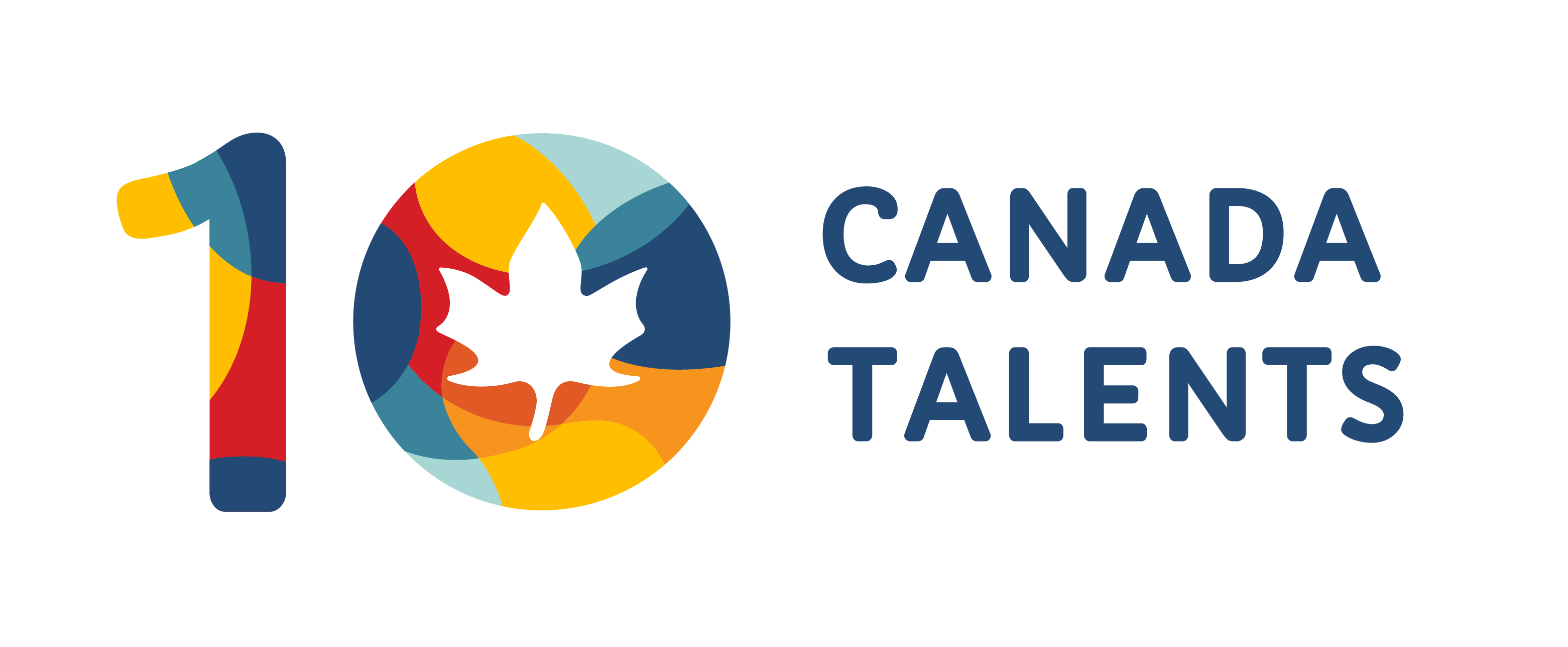This article was written with the kind participation of Spencer Gee, instructor of the Workplace English (not available during COVID-19) training at Educacentre College.
Canadian résumés are very different than French CV. Adapting to this unusual format can be tricky. Here are seven tips to help you write a good Canadian-style résumé.
1. Keep it short
You may have read that Canadian résumés can be longer than one page. It is true, but not necessary. Keep your résumé as short as you can: one page is enough if you don’t have a lot of experience. Two pages is a maximum.
Out tip: Divide your résumé into three parts: “Highlights of qualifications”, “Professional experience” and “Education”.
2. Each application deserves a new résumé
You should change your résumé for each one of your applications, based on the job description of the position you’re applying for. Highlight what needs to be highlighted (skills, experiences and more).
Our tip: Decide of a structure that will be the same for each one of your résumés, and then change the information that is relevant to the job application. This way, you won’t have to rewrite your entire résumé every time.
3. Don’t underestimate volunteer work
Volunteer work is really important in Canada: it lets the recruiters know something about you (that you’re committed, for example). Include your volunteer experience in your résumé, and don’t hesitate to become a volunteer in a Vancouverite association!
Our tip: When looking for a volunteering experience, try to find something that will match your skills and is relevant to your professional field.
4. Use LinkedIn
LinkedIn is critical in Canada, and recruiters often cross-reference your résumé with your LinkedIn profile, so make sure yours is good. And don’t forget about other platforms: Facebook, Instagram, Twitter. If there is something you don’t want potential employers to see, keep it private.
Our tip: Check out our advice for a LinkedIn Profile on point.
5. Keep it clear and organized
Recruiters receive a lot of applications and don’t have a lot of time to review them. Make the process easier for them by making your résumé easy to read. Use headings to bring some clarification (Highlights of Qualifications, Professional Experience, Education…), as well as bullet points.
6. Use keywords
They describe your skills and qualifications. You usually will find all the keywords you need in the job descriptions. Like bullet points, keywords keep your résumé clear and short.
7. Check and double check
When you feel like your résumé is finally on point, reread it. Make sure all the information is accurate. You can also ask a friend to read it or print it to get a better look at things. When you send it by email, save it in PDF: everybody can read that type of file, and the formatting will stay as it is.
Our tip: Once you’re done writing your résumé, take a break and clear your head. Finding a job is important, but the process will be easier if you take time for yourself. So walk around the block, drink coffee, and breathe before you take another look at your résumé.
Keep in mind that the job search takes time, and so does writing and adapting your résumé. But with the right tools, you can make it easier and these tips should help you get started. Also, don’t hesitate to take a look at Spencer Gee’s training: it is full of resources and will give you a real advantage in your job search.
For examples and resources about résumés and more, you can check out the following:


